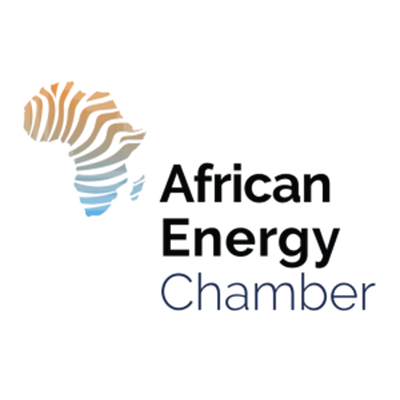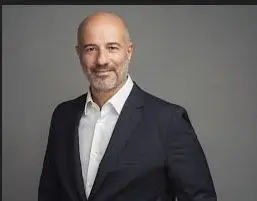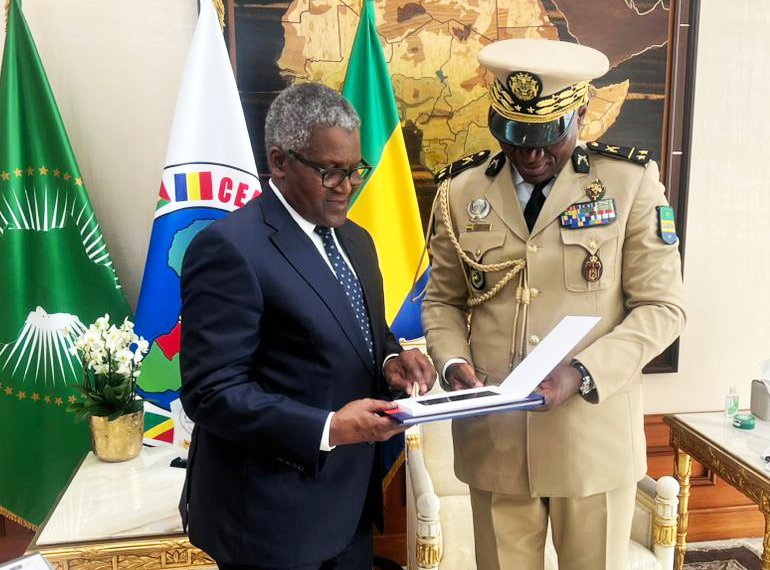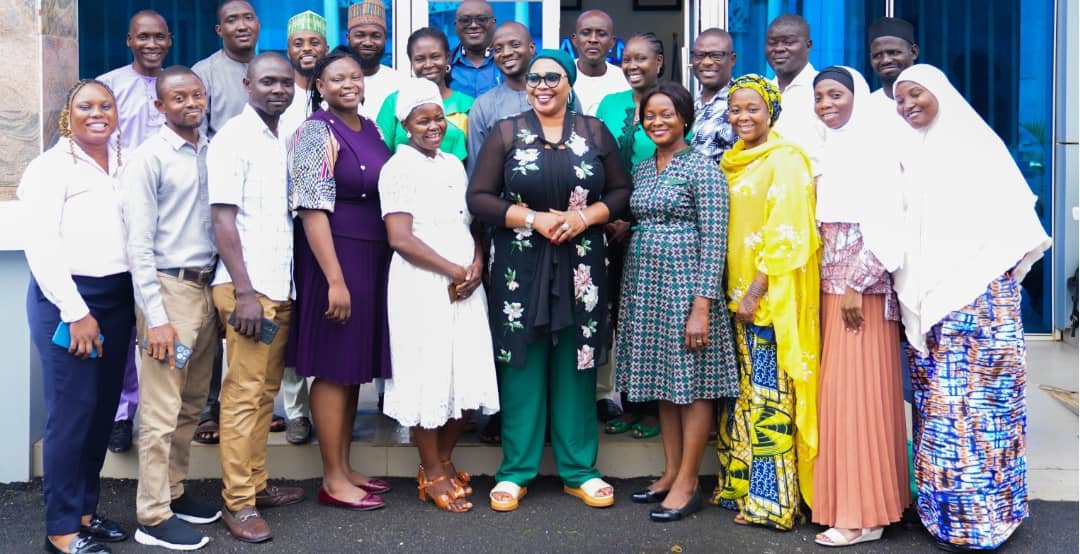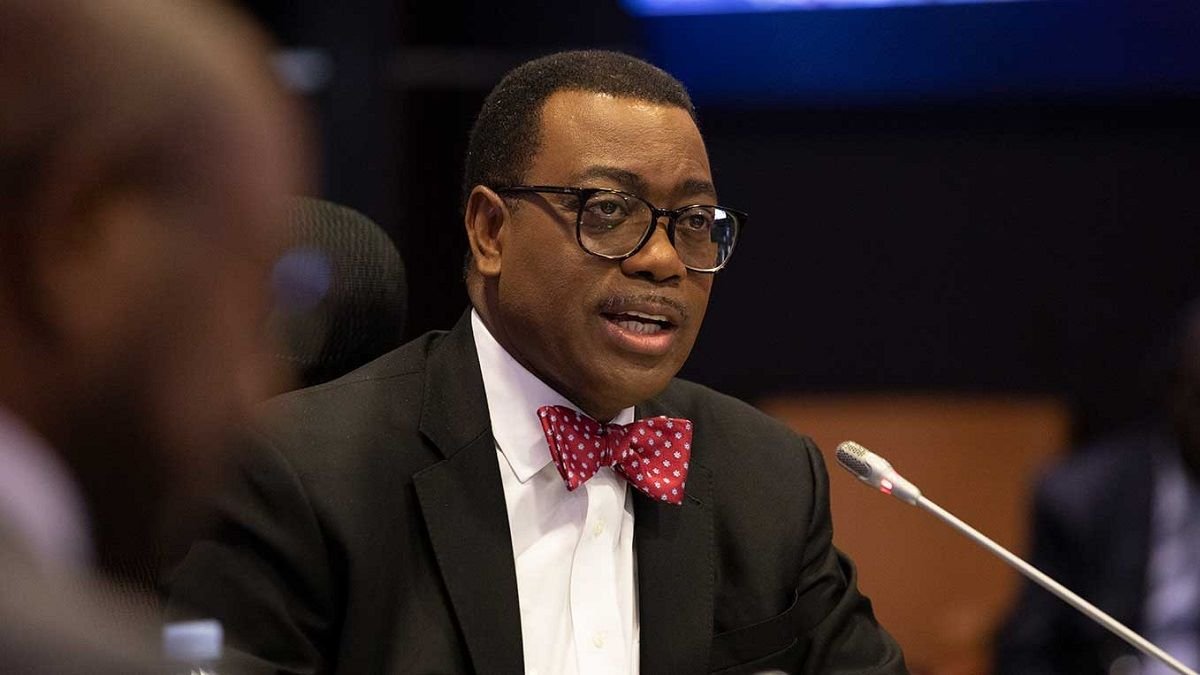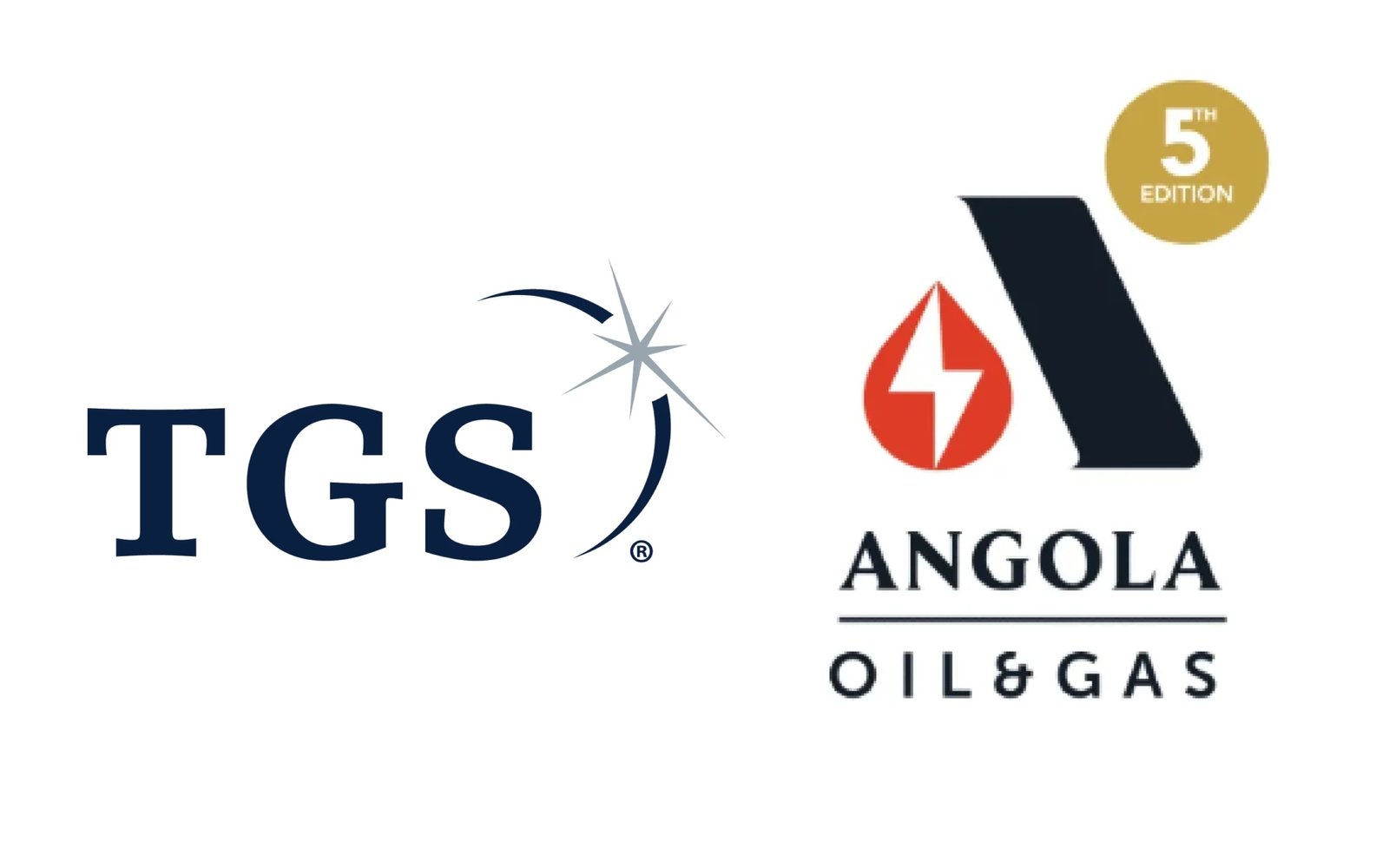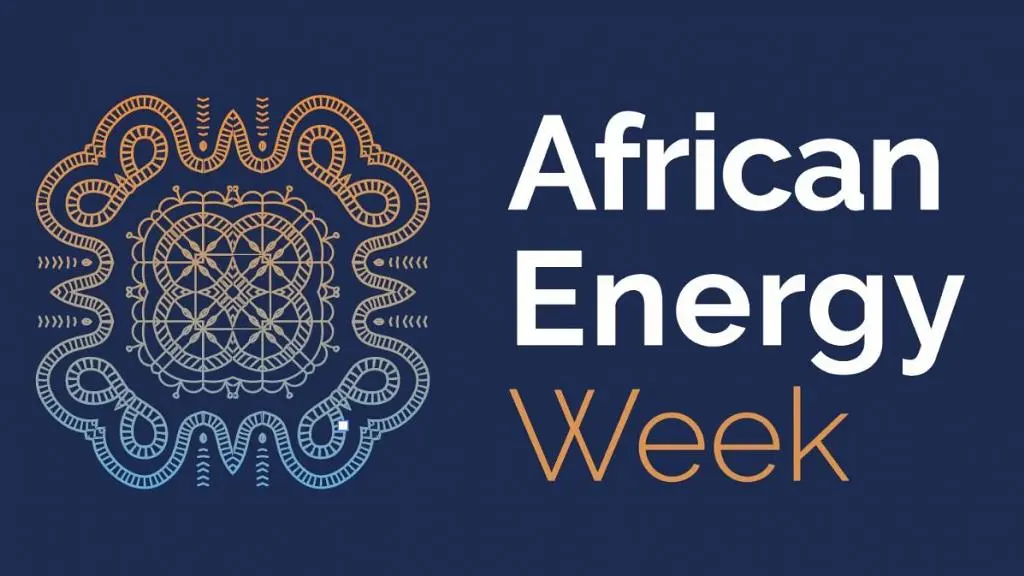As the chamber’s “The State of African Energy Q1 2023 Outlook Report” (https://apo-opa.info/40VrCJf) indicates, close to 80% of the 2023 capacity on the continent is driven by wind and solar. But even among these “strongholds,” only about 7% of the wind capacity and 9% of solar capacity is currently operational. We expect Africa’s 2023 capacity to reach 21.5 GW — or 1% of the global capacity. And while all signs point to its increase to 30 GW over the next two years, even this growth is miniscule, representing a scant 2% of total global capacity.
Current global renewables capacity (which includes solar, wind, and hydrogen electrolyzer capabilities) stands at 1,500 GW. In sharp contrast, Africa’s 2023 announced capacity is only a fraction: 134 GW for wind, 120 GW for solar, and 112 GW for hydrogen.
Perhaps a bigger concern is that these figures are mainly represented in just a handful of countries. Djibouti, Egypt, Mauritania, Morocco, Namibia, Nigeria, and South Africa produce the vast majority of the current renewables capacity, to varying degrees. This means that most of the continent lags much further behind — or adds absolutely nothing to — the continent’s total green capacity.
These statistics provide clear evidence that renewables remain distant promises. Green solutions alone are, at present, insufficient to provide energy for the people of Africa.
CWP, Bechtel Lead Development
That’s not to say that we aren’t witnessing some exciting developments.
Renewable energy developer CWP Global of Serbia and American global engineering, construction, and project management giant Bechtel are partnering to bring about real results. They are working on some exciting renewables projects across a number of countries that represent close to 25% of the current announced capacity in Africa.
For one, the USD40 billion AMAN green hydrogen project in Mauritania is the largest green hydrogen project on the continent. Once operational, it will have a 15 GW electrolyzer capacity powered by 30GW of combined solar and wind. In addition to boosting Mauritania’s GDP by up to 60% by 2035, AMAN promises other important benefits for the country, from universal electrification to job creation to cleaner development through hydrogen-powered vehicles.
Another CWP Global project is Morocco’s AMUN project. The first phase near the city of Tan Tan, due to be completed in 2029, is expected to produce 3 GW of wind and 3 GW of solar power, which will then be used to produce green hydrogen for local ammonia synthesis.
CWP Global also signed an agreement with the government of the Republic of Djibouti to develop a 10-GW renewable energy and green hydrogen hub. Like the goals in Mauritania, the project will go a long way in helping Djibouti foster cleaner and more secure energy supplies, create green jobs and businesses, and generate exports to fast-emerging markets for low-carbon fuels and industrial products.
Promises, Promises
All of this is very promising. And we should all be thinking about the transition to green energy. However, more than 95% of the partners’ announced capacity of 88.5 GW is still in concept phase, and a mere 4% has received approval for development.
This simply underscores the need for African countries to forge ahead with the vast oil and gas resources at their disposal.
The green transition must be made strategically and soundly, carefully considering the needs of the African people. Keep in mind that hundreds of millions of Africans have insufficient access to electricity in the current configuration, with hydrocarbons still in the mix. Take away what little availability they have to fossil fuels, and they will — quite literally — be left in the dark.
Solar and wind farms capture renewable energy (from the sun or the wind) and convert it into electricity. This electricity must then be transmitted to where it will be used or stored. Unfortunately, as our report highlights, much of the continent lacks sufficient transmission infrastructure to economically accommodate utility-scale solar and wind installations. Building up the required transmission and storage infrastructure will require serious capital.
And as pointed out by Cecily Davis, a partner with Fieldfisher and co-head of the European law firm’s Africa Group, many African hydrocarbon-dependent economies face a conundrum regarding investments in green energy projects: “If they scale back fossil fuels, they lose the tax revenue to pay for other infrastructure; if they maintain oil and gas production, that makes it harder for renewable energy to compete,” she said.
The African Energy Chamber’s “The State of African Energy: Q1 2023 Report” (https://apo-opa.info/40VrCJf) is available on the chamber website (https://EnergyChamber.org/)


